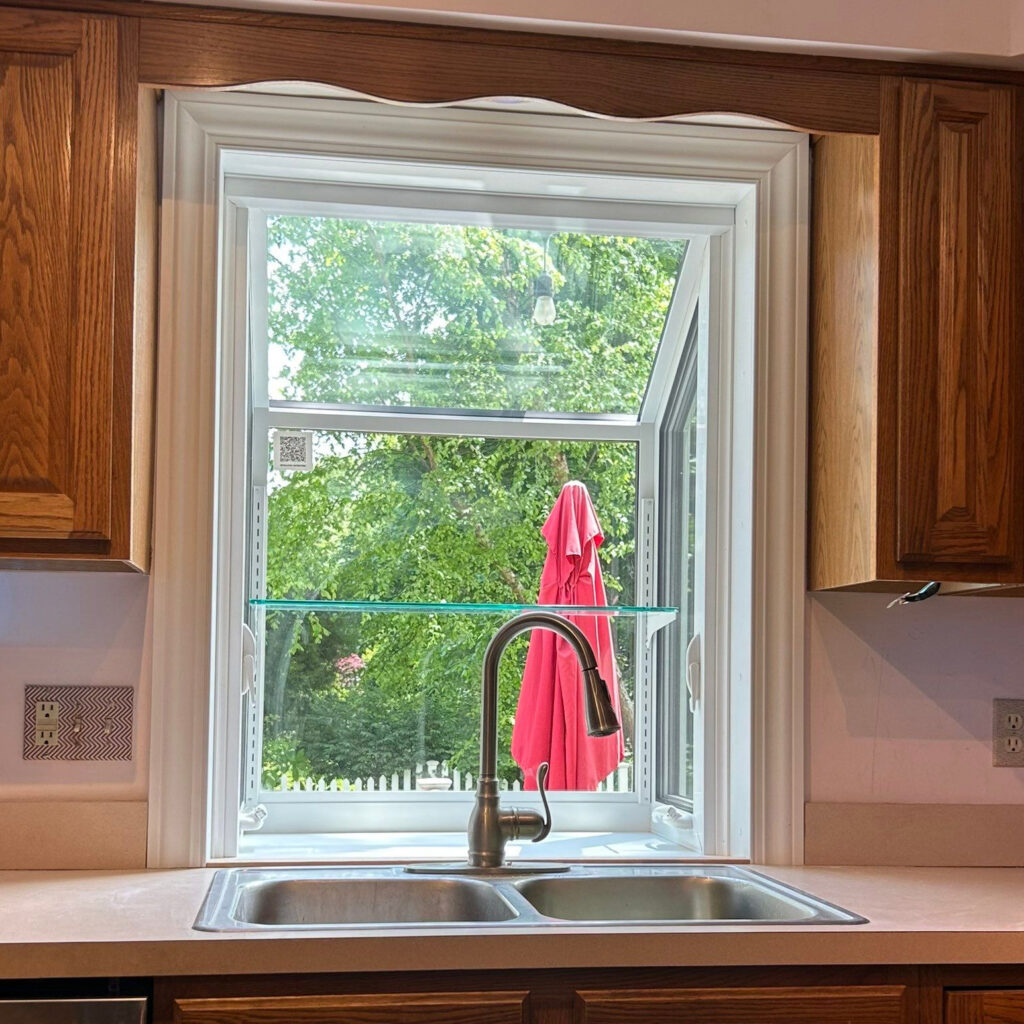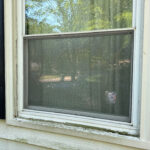How Are Windows Rated for Energy Efficiency?
When it comes to home improvement, energy efficiency is an important factor that can save you money and increase the comfort of your home. Windows play a crucial role in keeping this efficiency, and understanding how they are rated can help you make informed decisions. So, how are windows rated for energy efficiency? Let’s break it down.

Understanding the Energy Rating Label
The energy rating label, often provided by organizations like the National Fenestration Rating Council (NFRC), offers a detailed summary of a window’s performance using metrics like U-Factor, Solar Heat Gain Coefficient (SHGC), Visible Transmittance (VT), and Air Leakage (AL).
- U-Factor
- What It Measures: The U-Factor gauges the rate at which a window conducts non-solar heat flow, basically measuring insulation.
- Why It Matters: Lower U-Factors mean better insulation, which is important for energy efficiency in colder weather.
- Solar Heat Gain Coefficient (SHGC)
- What It Measures: SHGC evaluates how well a window blocks heat from sunlight.
- Why It Matters: Lower SHGC is better for warm weather to reduce cooling costs, while higher SHGC can help in colder weather by letting in more heat.
- Visible Transmittance (VT)
- What It Measures: VT indicates how much light passes through the window.
- Why It Matters: High VT allows more natural light into your home, though it’s a balance since it can also bring in more heat from the sun.
- Air Leakage (AL)
- What It Measures: AL measures the rate at which air passes through the window.
- Why It Matters: Lower AL values suggest better seals, lowering the number of drafts and improving energy efficiency.
Additional Factors Influencing Energy Efficiency
Beyond the energy rating label, other factors play a role in a window’s efficiency:
- Window Frame Material: Different materials, such as vinyl, wood, aluminum, or fiberglass, offer differing levels of insulation. Vinyl and fiberglass frames tend to give better energy efficiency due to better insulation.
- Glazing and Glass Coatings: Double or triple glazing and Low-E (low emissivity) coatings can enhance a window’s energy performance. Low-E coatings keep the heat inside in the winter and outside in the summer.
- Gas Fills: Some energy-efficient windows feature argon or krypton gas fills between the panes of glass. These gases give better insulation than air, reducing the U-Factor.
- Window Design: The design of the window, including the number of panes, can affect energy efficiency.
Why Energy-Efficient Windows Matter
Investing in energy-efficient windows is not just about saving money on your bills—it’s also about improving the overall comfort of your home. Energy-efficient windows help maintain a consistent temperature, reduce drafts, and lower the strain on your heating and cooling systems. You’re also lowering your carbon footprint, adding to a more sustainable environment.
Conclusion: Choosing the Right Windows
When selecting new windows for your home, understanding how they are rated for energy efficiency can help you make the best choice for your specific needs. By choosing the right windows, you’ll not only enhance the comfort of your home but also enjoy long-term savings on your energy bills.







